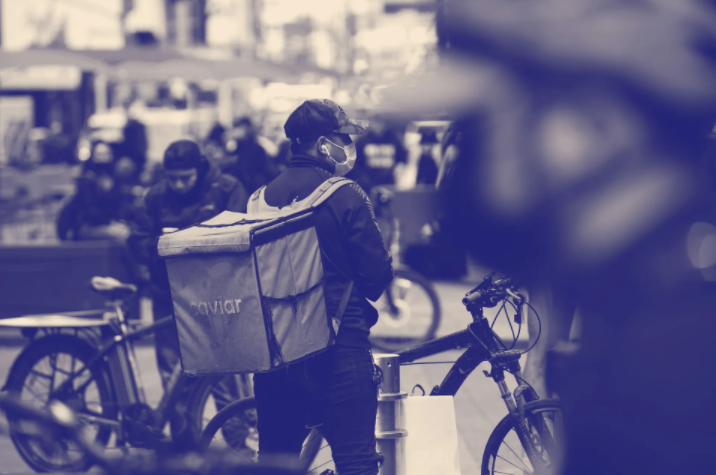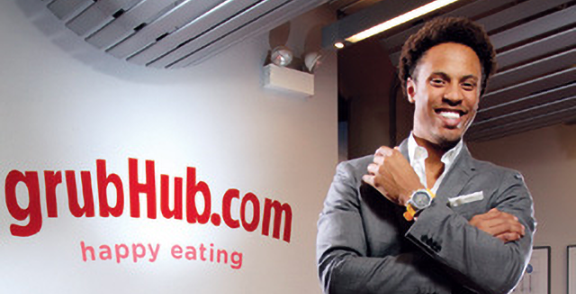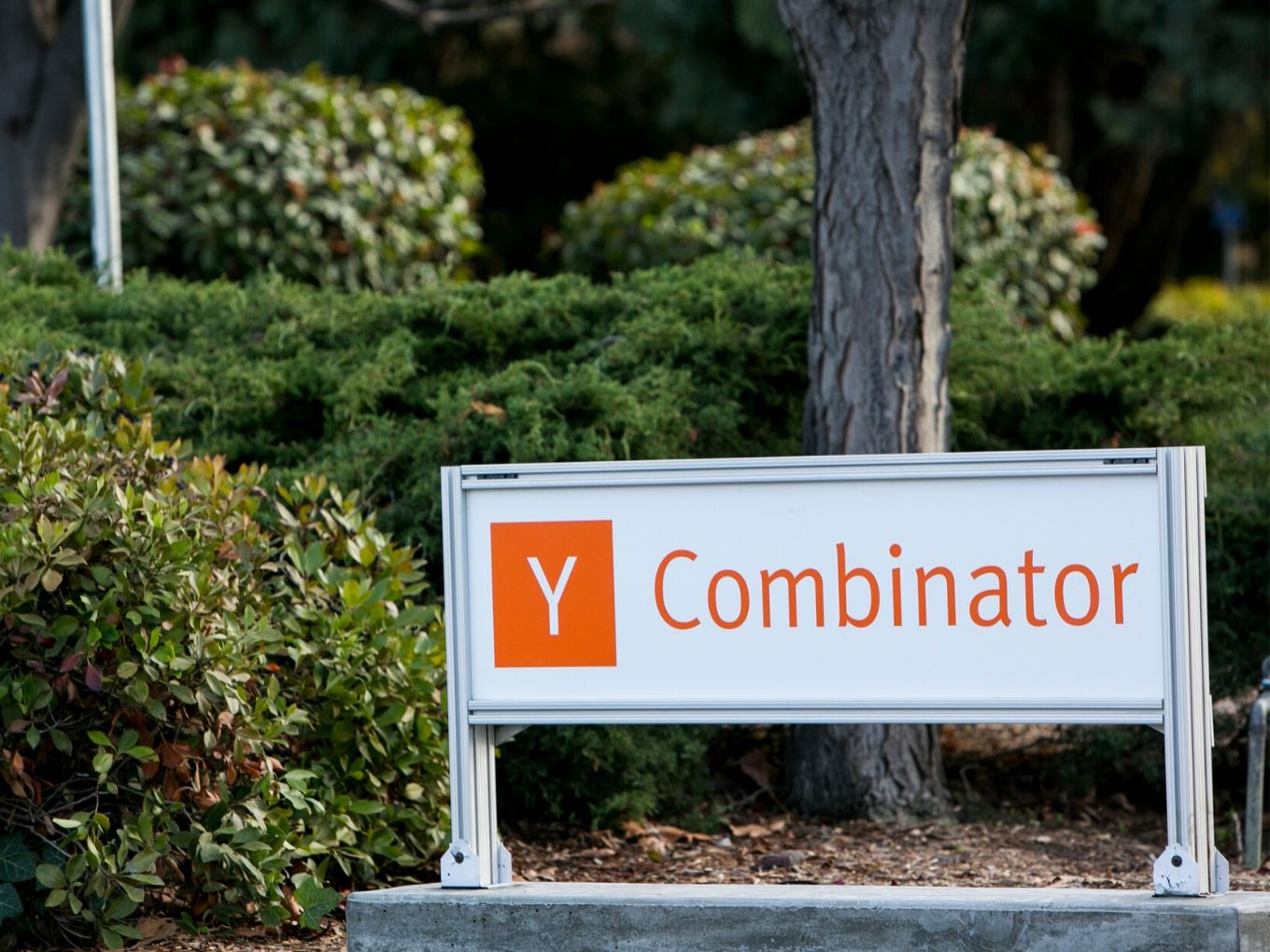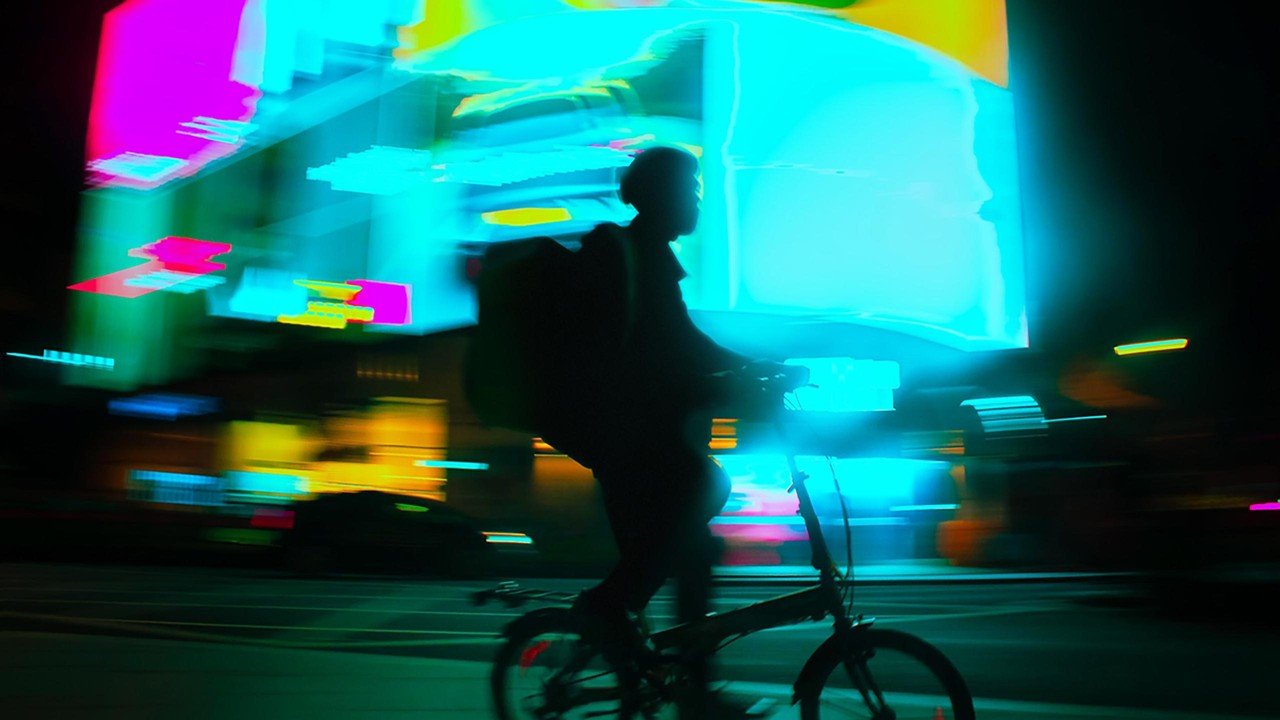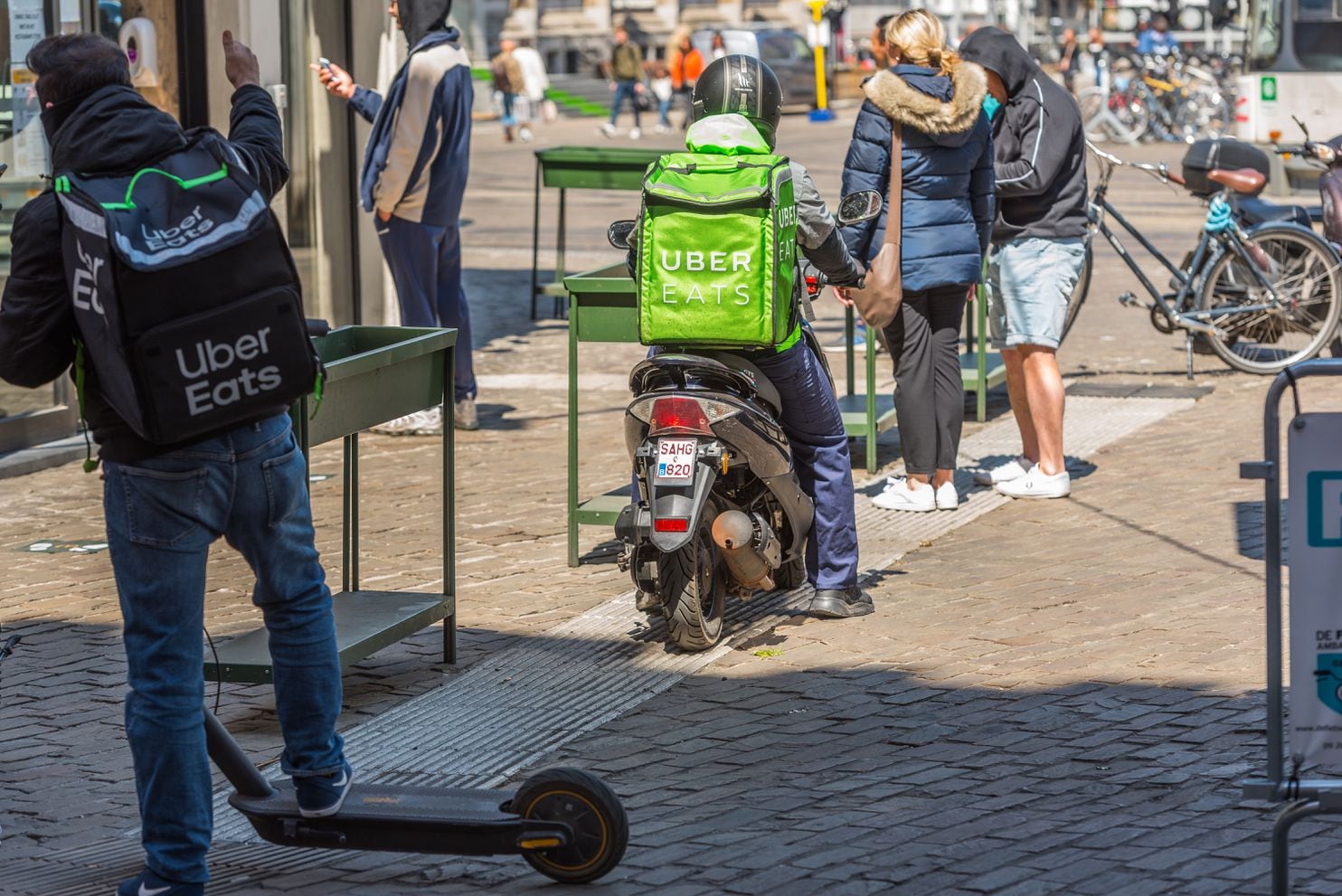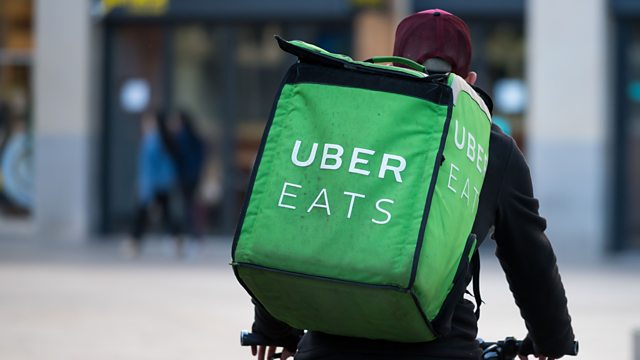There is a famous quote, often attributed to Marc Andreessen, which he in turn attributes to Jim Barksdale. Andreessen declares, ”there are only two ways to make money in business: One is to bundle; the other is unbundle.”
True to that axiom, the original promise of delivery apps came from the bundling of three different services; marketing, technology, and logistics. Each delivery app chose to prioritize these services differently, but they all had one common strategy; forcing restaurants into an all-or-none proposition. You either took all of their products and services, or none of them. In most cases, that meant that delivery apps could use very profitable services, like marketing and technology, to subsidize very unprofitable services like delivery & logistics.
Now, COVID, “outrage” and regulations has forced delivery apps to explore making money by unbundling their services. A restaurant can now choose to market through an agency, use a technology like Toast or Square to take orders, process other orders over the phone, provide loyalty through Thanx or Punchh and deliver with Doordash or UberEats. They are no longer hostage to one service provider. This has solved one set of problems for restaurants, but simultaneously created a whole other set of new problems.
However, this evolution has not changed one fundamental principle; the further you are from the customer, the closer you are to being disrupted. We created ZeroStorefront; to help restaurants grow by staying close to customers. It just so happens, in today’s world, the best possible way to connect with customers is through messaging (there is a reason one fourth of the world is on Whatsapp). Smart restaurant operators now have an opportunity to build a portfolio of the best technology solutions, but nailing the relationship with the customer is the most critical step.
We always knew unbundling of the delivery-apps would happen, we just thought it was going to be 5 years from now. We prepared for this day by taking everything we learned from building Grubhub, all the tips I shared with the Doordash team when we were at Stanford together, all the tricks we learned building the facility that is now Doordash Kitchens. We took all of that knowledge, and turned it into arguably the most cost effective tool for any restaurant to retain and grow their customer-base (a cost of a few cents per customer). Now, these tools are more relevant than ever and the results speak for themselves. One of our customers, a 12 location chain just crossed 500k customers after one year using our product. Another customer captured +1k customers in a single day using our messaging platform.
At the same time, I spend all day talking to restaurants that think that they are “all set” because they have a website from Toast or Square. They don’t realize that those products are great and necessary, but not sufficient (today, a website is table-stakes for any restaurant). There is a reason delivery apps are giving away website technology for “free.” They are not offering this technology to compete with the thousands of other online ordering website solutions, they are giving this technology away because it is not valuable by itself, and won’t actually help restaurants be more competitive.
The little-known secret is the most valuable part of the “delivery app bundle,” is, and has always been, marketing, because it puts you the closest to the customer. This is why delivery apps have put so much effort into distancing the restaurant from their customers. If you think about it, restaurants never sign up for delivery apps in order to do more delivery, they sign up for delivery apps in order to get more customers; and that is what delivery apps promised. But, now, every restaurant in the country is on a delivery app, and what do restaurants have to do if they actually want to be successful on those apps? Pay even more to actually stand out and get in front of customers.
I personally know how hard it is to get restaurants to understand that they are now in the e-commerce business, and if they were not before COVID, then they sure are now. We know that the only way they can control their fate is if they control their relationship with the customers. It’s not about what kind of POS or website you have, or what delivery apps you are on. It is about the customer journey that you create, and the relationships that you build along the way. Unfortunately, this is not something that you can outsource. It is hard work, but restaurants have never been scared of hard work, and our products are all about using technology to make that work just a little bit easier.

